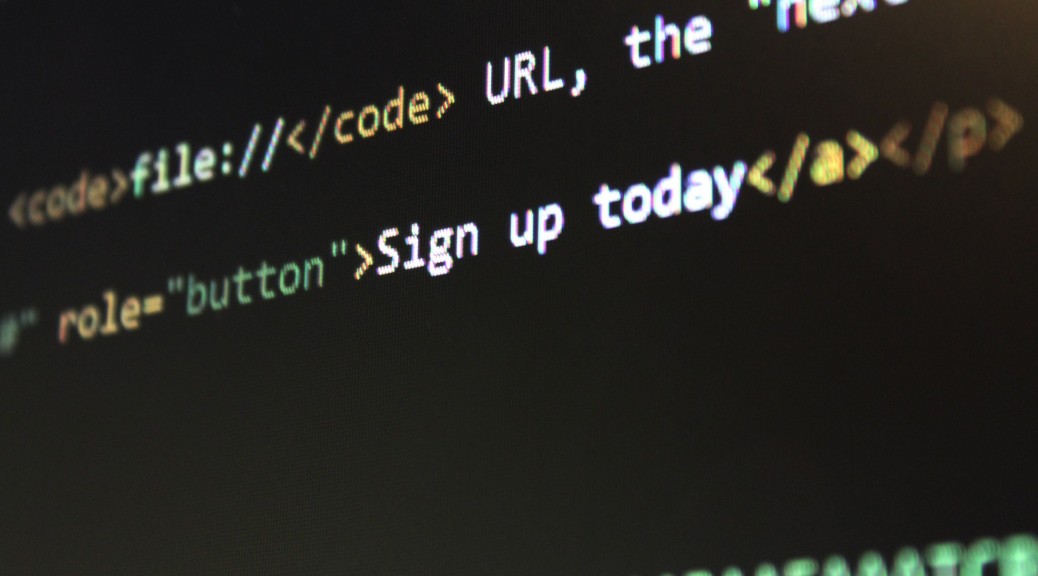Providing quality coding education isn’t as simple as sitting a child in front of a computer and expecting magic to happen. Unfortunately, many institutions don’t seem to think this all the way through. The Washington Post explores this in a recent article titled “Coding for kids makes sense — but it’s going to take more than just classrooms to make it work.”
Dominic Basulto of the Washington Post writes, “In order to be successful, these coding for kids programs need to recognize that the traditional approach to learning — instructors in a classroom, homework assignments and specific curriculum requirements planned out years in advance — may no longer be the optimal approach. Coding is no longer a full-year, degree-driven program. It’s become a world of boot camps, flipped classrooms and nanodegrees earned in a space of months, if not weeks. That means ‘Computer Science for All’ and similar programs need to think creatively about how they teach programming and to remain adaptable to changing trends within the technology sector. Educators must realize that schools are always at risk of being disrupted as superior digital alternatives emerge. It also means educators must balance on-screen time with on-floor activities to ensure the right mix of experiential learning for kids. You can’t just hand out tablets or smartphones and expect everyone to start programming. However, preparing for a future in which coding is included in the same company as the three Rs (reading, writing, arithmetic), may not actually be as hard as it sounds. For a five-year-old, an algorithm can be something as simple as a kitchen recipe or a morning routine. Games can make tech learning seem more like play than work. And the flipped classroom means that fellow students can become teachers and mentors. The exciting part of coding for kids is that there’s now growing evidence that coding helps develops parallel cognitive skills. Coding may be a catalyst for learning — much like learning a foreign language or a musical instrument helps to stimulate parts of the brain and boost skills such as reading comprehension. Here’s one example: after taking a class in coding, kids who once saw ‘brushing your teeth’ as a 3 or 4 step process suddenly saw it as a nuanced, 20-step sequential process.’”
When it comes to providing an innovative, customized coding education, no one does it better than CodeRev Kids. Unlike others, we adjust starting points to each of our students’ levels of expertise.
Our lessons focus on computational thinking, which encompasses a wide range of programming languages. Although our lessons are highly informative, we also keep the focus on having fun. As a result, our students stay engaged while improving rapidly as coders.
If you’re looking to provide your child with a quality coding education, sign up now for one of our fall classes and/or afterschool programs!
